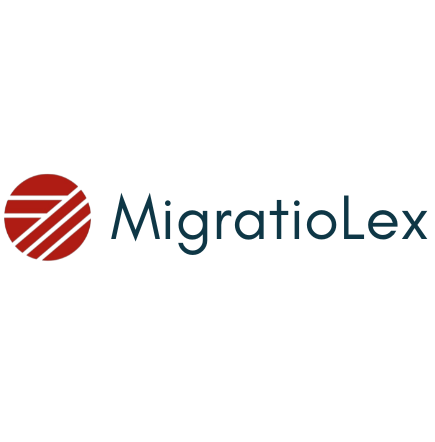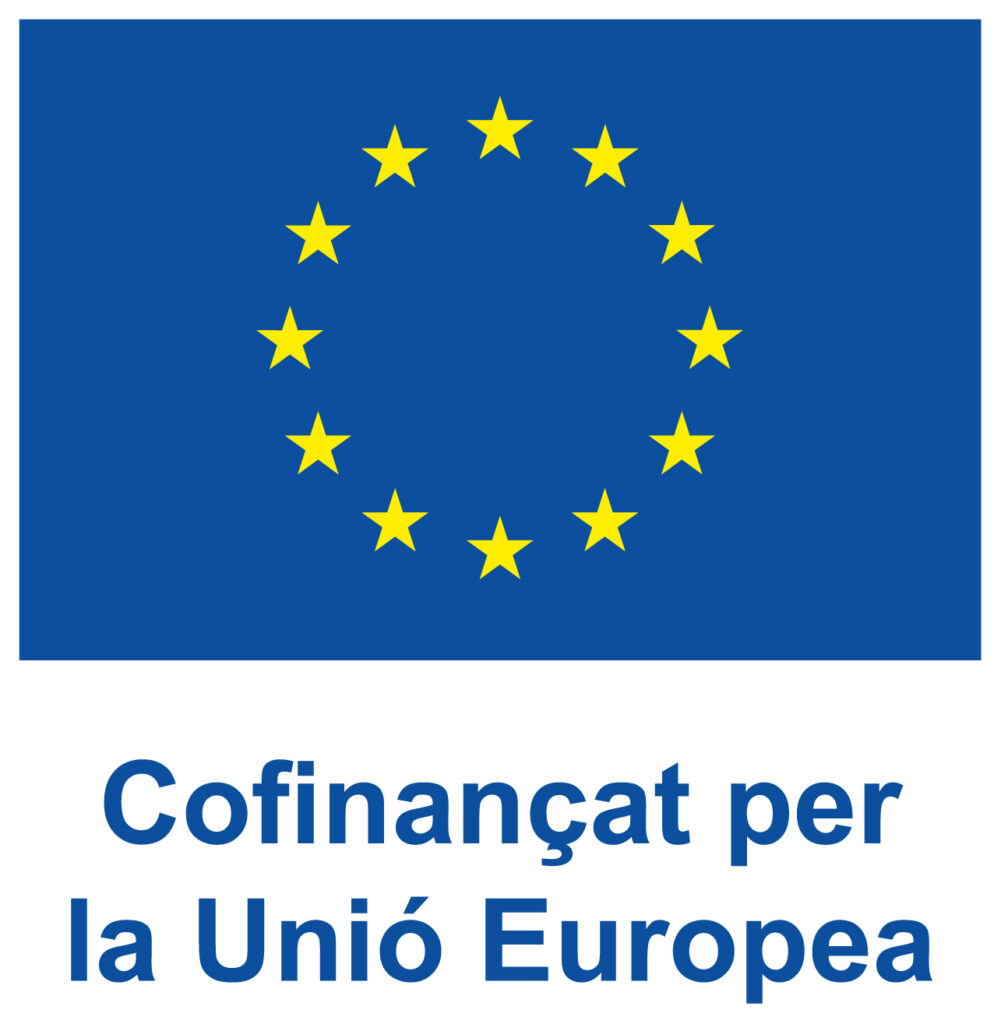Everything you need to know to obtain Spanish citizenship under the Democratic Memory Law: eligibility, documents, deadlines, and step-by-step process.
1) Introduction to the Democratic Memory Law (LMD)
The Democratic Memory Law, enacted on October 19, 2022 (in force since October 21, 2022), broadens access to Spanish citizenship beyond the former 2007 Historical Memory Law. It enables many descendants of Spaniards—and other people connected to Spain’s historical events—to acquire Spanish citizenship. This guide explains who qualifies, which documents you need, how to apply, and how MigratioLex can assist you from start to finish.
2) What the LMD Citizenship Route Is (and Who It Helps)
The LMD provides a special pathway to Spanish citizenship for descendants of Spaniards and certain historically linked groups. Unlike earlier rules focused mainly on political exile, the LMD recognizes broader migration and family histories, letting applicants prove Spanish roots through parents, grandparents and, in defined cases, further ascendants.
3) Key Eligibility Groups at a Glance
- Children, grandchildren, great-grandchildren, and in defined scenarios great-great-grandchildren of Spaniards born abroad.
- Children born abroad to Spanish women who lost citizenship by marrying a foreigner before the 1978 Constitution.
- Adult sons/daughters of those who obtained citizenship through the 2007 Historical Memory Law (Law 52/2007).
- International Brigades volunteers who fought in the Civil War and their descendants (no Spanish language test; no need to renounce current citizenship for brigadiers).
- Application window currently extended until October 2025.
4) Core Documentation & Conditions
- Identity & civil status: Valid passport/ID; civil status certificates as needed.
- Proof of Spanish ancestry: Birth/baptism records of Spanish parent/grandparent (and links tying you to them), marriage certificates, and where relevant, emigration/immigration evidence.
- Specific group evidence: For children of pre-1978 Spanish mothers, proof of loss of citizenship due to marriage; for LHM 2007 beneficiaries’ adult children, the parent’s grant; for brigadiers/descendants, proof of service/lineage.
- Translations & legalization: Certified translations into Spanish and Apostille/legalization when required.
- Where to file: At the Spanish Consulate (if abroad) or the local Civil Registry (if in Spain).
5) Step-by-Step Application Process
- Eligibility check: Determine which LMD category fits your case.
- Document hunt: Gather birth, marriage, and ancestry proofs (church/civil records).
- Legalization & translation: Apostille and sworn translations where applicable.
- Consular or Civil Registry appointment: Book and prepare the complete file.
- Submission: File your application and obtain proof of submission.
- Tracking & responses: Monitor progress; address any additional requests.
- Decision: If approved, register your citizenship and proceed to DNI and passport.
6) Benefits of Becoming a Spanish Citizen
- Work and live across the European Union.
- Visa-free movement within the Schengen Area.
- Spanish passport with global mobility advantages.
- Political and civil rights in Spain.
- Access to high-quality public healthcare and education.
- Eligibility for social protection and pensions.
7) After Approval: What Happens Next?
Once your citizenship is granted and registered, you become a Spanish citizen permanently—no renewal of citizenship status is required.
- Register your birth in the Spanish Civil Registry (if applicable).
- Apply for your Spanish DNI and passport.
- Update civil status records and consider notifying relevant authorities in your country of residence.
Spanish citizenship allows future family planning options (e.g., transmission of citizenship subject to the Civil Code provisions).
10) How the LMD Compares to Other Citizenship Routes
- By Residence: Requires continuous legal residence (10, 5, 2, or 1 year depending on cases) and integration tests—different from LMD’s ancestry focus.
- By Option: For those who qualify through parental authority or specific parentage/birth circumstances; separate legal basis.
- By Naturalization (Carta de naturaleza): Exceptional, discretionary grant by Royal Decree—outside standard procedures.
- By Possession of Status: Based on long-term, good-faith use of Spanish citizenship—narrowly applied.
11) Work with MigratioLex — Your LMD Citizenship Team
Our LMD Services
- Personalized eligibility assessment and strategy.
- Document retrieval (parishes, dioceses, registries) and evidence curation.
- Legalization, sworn translations, and file preparation.
- Consulate/Civil Registry filing and follow-up.
- Appeals and legal submissions if required.
Why Choose MigratioLex
MigratioLex is an immigration law firm based in Girona (Spain), serving clients online worldwide. We combine deep citizenship expertise with agile, fully digital processes—so your case moves forward wherever you are. Visit migratiolex.com to get started.
FAQs
Who qualifies under the LMD?
Descendants of Spaniards (including certain great-grandchildren/great-great-grandchildren), children of Spanish women who lost citizenship pre-1978 due to marriage, adult children of LHM-2007 beneficiaries, and International Brigades volunteers and their descendants.
What is the current deadline?
Applications under the LMD are currently accepted until October 2025.
Where do I apply?
At the Spanish Consulate if you live abroad or at the local Civil Registry if you live in Spain.
Do I need a Spanish language test?
International Brigades volunteers and their descendants do not need a Spanish language test. For other categories, requirements depend on the route and local practice.
Do I have to renounce my current citizenship?
Brigadiers are not required to renounce. For others, it depends on the legal basis and your other country’s laws on dual citizenship.
What if records are missing?
Alternative evidence and legal reasoning may be used. Parish/diocesan archives, historical records, and sworn statements can help build your case.




